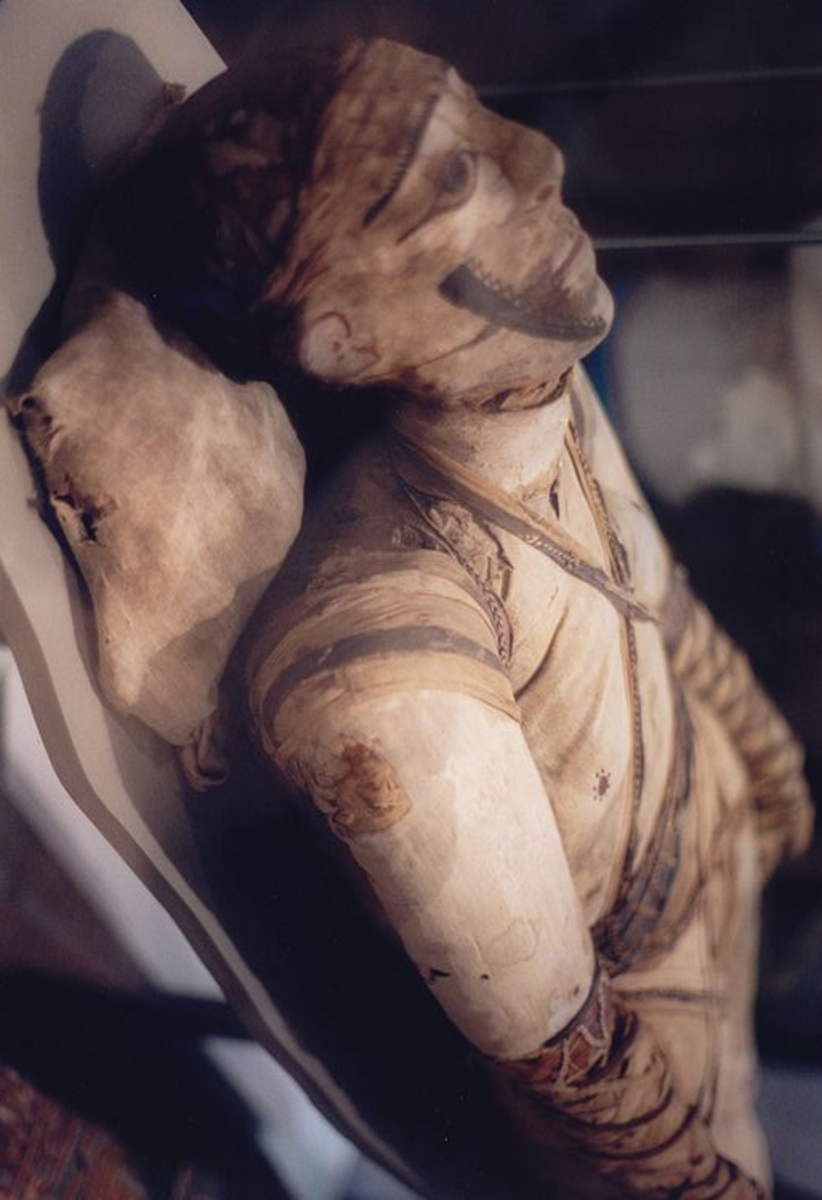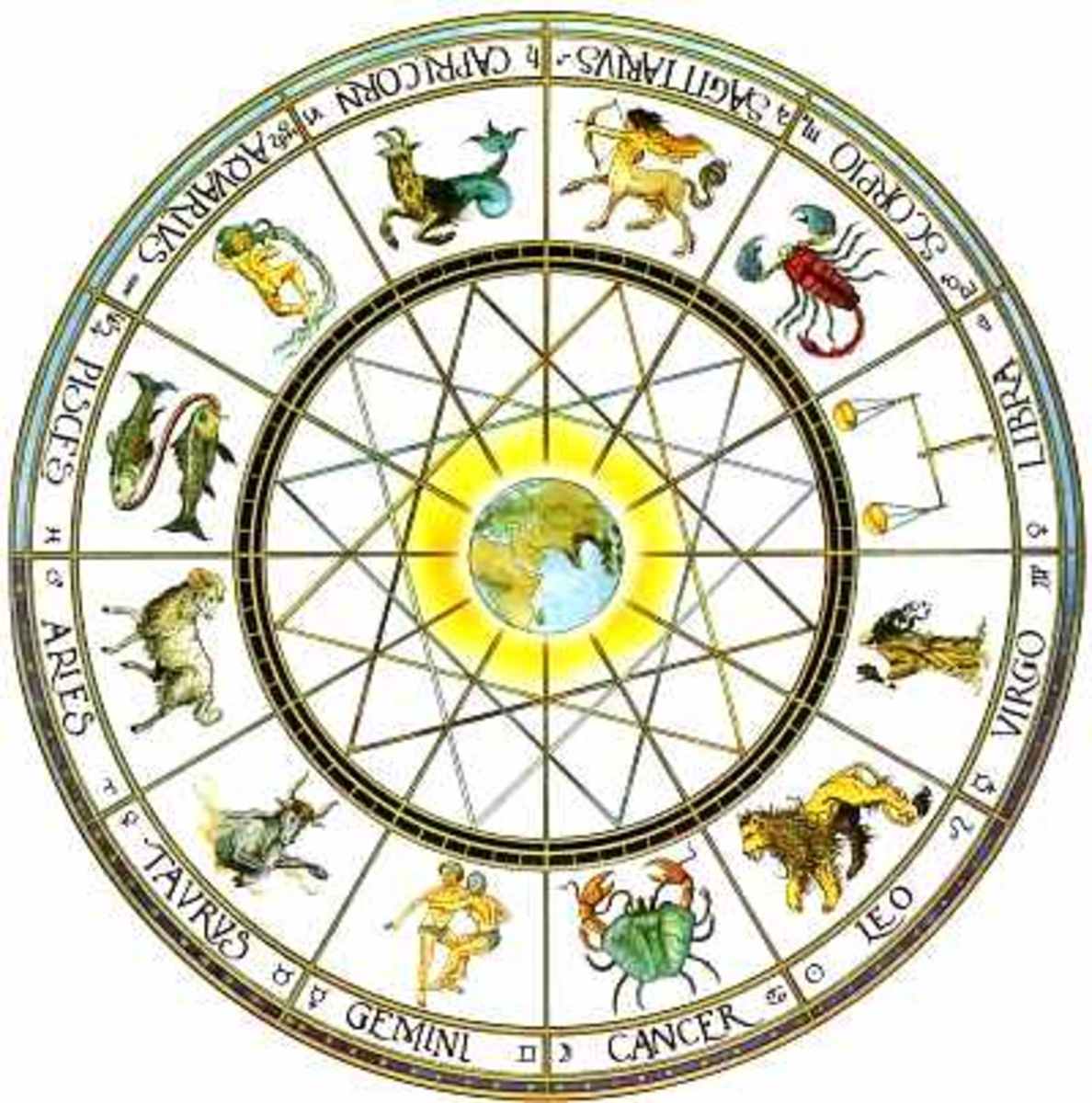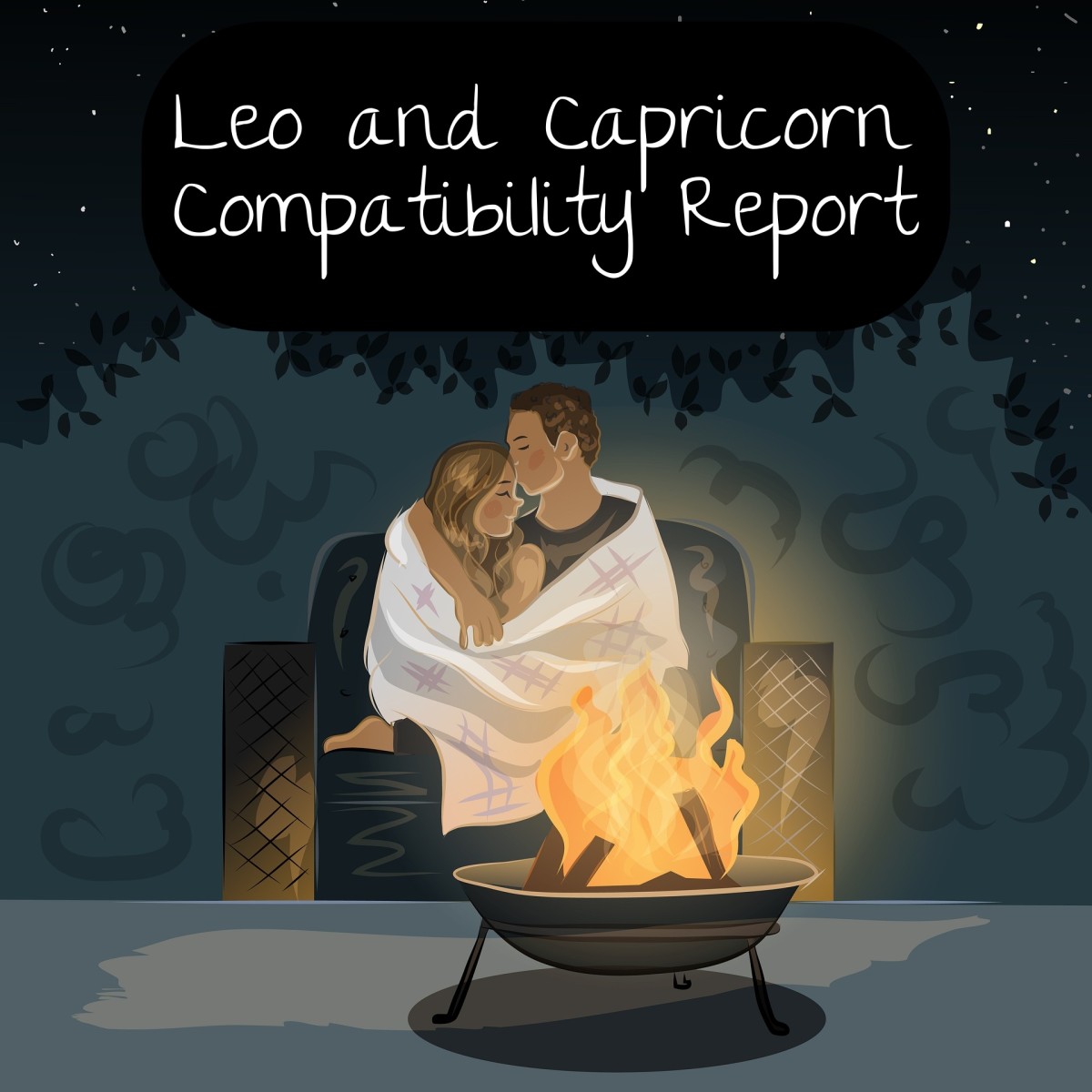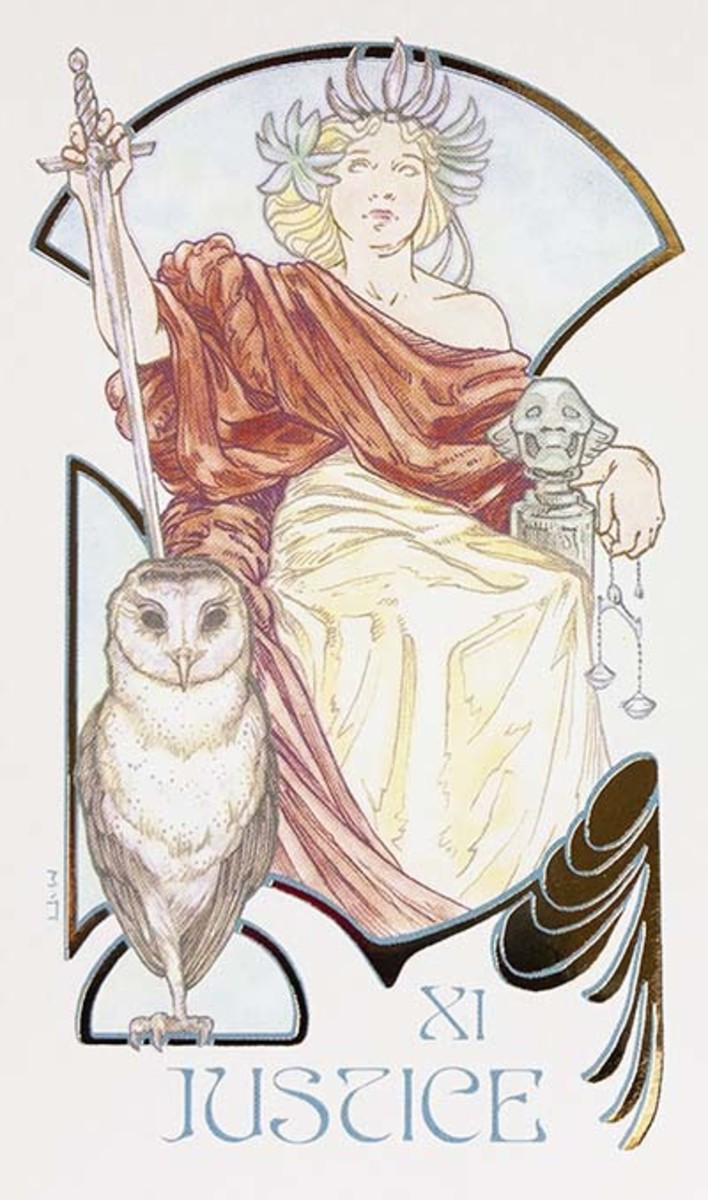Reincarnation and the Ancient Cultures: The Egyptians, Chaldeans, and Chinese
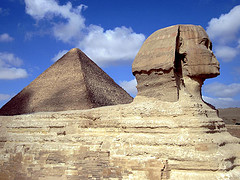
The Egyptians
One cannot consider the topic of reincarnation without being drawn to the history and teachings of that noble and advanced society which introduced the higher forms of the occult, mysticism and mathematics – ancient Egypt. Whether or not Egyptian beliefs were passed on from the mythical home of the fathers of wisdom – Atlantis – or whether or not Egyptian doctrine was original in itself, the fact is that the essence of the reincarnation doctrine emanates from the heart of the land of the Sphinx.
A fitting emblem for the children of the Pharaohs, the Sphinx not only projects an air of majesty and power fitting of the people it watched over - the intensity and depth of the eyes, its protracted and outspread ears, and the stern face hosting a set of tightly drawn thin lips seem to say; “I am privy to life's secrets.” The extended paws offer an invitation to; “Come to me and learn.”
Though traditionalists may at this time argue that reincarnation evolved from the banks of the Ganges rather than those of the Nile, this is not the forum for debating the topic. Here we will consider the Egyptian conception of the ideal, for in India reincarnation is a blooming ideology of the present, one whose perfume is currently wafting throughout the world. We will contemplate the Indian beliefs in a separate article as we approach the present-day phase of the reincarnation doctrine.
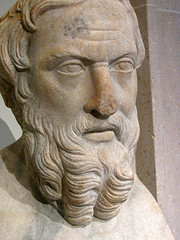
Herodotus, the fifth century Greek historian, in his observations regarding the Egyptians stated; "The Egyptians are the first who propounded the theory that the human soul is imperishable, and that where the body of any one dies it enters into some other body that may be ready to receive it; and that when it has gone the round of all created forms on land, in water, and in air, then it once more enters the human body born for it; and that this cycle of existence for the soul takes place in three thousand years."
Considered the ultimate truth at the time, the doctrine of Reincarnation was not made immediately available to the mass populace, but merely to a few advanced intellects who could digest the truth. These esoteric teachings were closely guarded by the Egyptian mystics, though fragments were leaked and consumed thirstily by the masses as indicated in the bits of historical records that have survived.
The Nile region is thought to be the origin of the doctrine of man possessing several “scabbards” or “vessels” for his spirit, a doctrine taught by many races over many time periods. The various vessels or scabbards were: "Ka," the divine spirit in man; "Tet," the astral body; "Ab," the intellect or will; "Sahu," the etheric double; "Hati," the vitality; and "Xa," the physical body. These designations of man into various components compare with the assorted "bodies of man" as observed by occultists today.
The doctrine of reincarnation flourished in ancient Egypt, originating before the construction of the Pyramids, and enduring until Egypt was eventually overthrown by stronger races whose religions and doctrines replaced the auspices of the ancient creed; a period covering over forty thousand years.
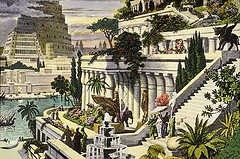
The Chaldeans
The Chaldeans were an ancient Semetic tribe who dwelt in the marshy region of southwestern Mesopotamia from around 1000AD until 600BC. As one time rulers of Babylon, their influence was formidable, including their belief in the rebirth of the soul. The keepers of the Chaldean sacred doctrines were the Magi, the same class of priests who visited Jesus in the Biblical account of his birth. The Magi held reincarnation as their most formidable truth, and unlike the Egyptian priests who hoarded it, they shared their wisdom eagerly and often. As a result, the Chaldean populace was much more educated than their Egyptian counterparts.
Additionally, the Magi managed to keep their doctrines free from the idolatry of the Egyptians, resulting in their religious and occult knowledge retaining a higher degree of philosophical purity. One similarity with the Egyptian doctrine was the Magi's belief in a complex soul with many different parts. They believed that some parts of the soul perished forever, while the remainder passed through a series of “other-worldly” experiences, a purification rite that would eventually end with the soul no longer requiring further incarnation and achieving eternal bliss; to the Chaldeans, the region of light.
Elevating the doctrine of Reincarnation to an even more enlightened levels, the Magi's taught that before transcending to the final state of bliss, the soul was able to review each of its previous incarnations, observing the connections between each of them, and so benefiting from all of the wisdom absorbed along its journey. This wisdom would then be applied to the soul's duty to teach future races that appeared on earth.
The Chaldeans were basically monotheists, taught by the Magi's that all organisms, living or dead, organic or inorganic, were manifestations of the One Life and Being; similar to the Bible teaching that we are created in God's image. Those that practiced the religion of the Chaldeans in its purest form, and were educated to the highest levels, shared a love of all things and a special camaraderie much the same as Christian fellowship.
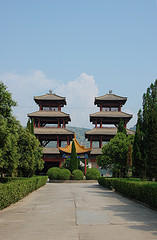
The Chinese
Beneath the layers of teachings stretching across its ancient past, there lies an esoteric teaching related to Reincarnation among the Chinese. The inner circle of students dedicated to the famous Chinese sage Lao-Tze were privy to the teaching, who taught that the human soul is also made up of several parts. Again we see the same underlying concept as the Egyptians belief in the soul having many vessels, and the Chaldean doctrine of the soul having many parts. One part of the soul was man's spiritual essence which Lao-Tze called the “huen”. Another the semi-physical “phi” which together with huen animated the body.
Lao-Tze stated: "To be ignorant that the true self is immortal, is to remain in a grievous state of error, and to experience many calamities by reason thereof. Know ye, that there is a part of man which is subtle and spiritual, and which is the heaven-bound portion of himself; that which has to do with flesh, bones, and body, belongs to the earth; earthly to earth—heavenly to heaven. Such is the Law."
Writings from the early followers of Lao-Tze indicate that he taught that the huen was reincarnated repeatedly over time, returning to the “tao” or universal cosmic energy field, when it had completed its circuit of life experiences and attained enlightenment. The Chinese philosopher believed that: “Death is but the commencement of a new life,” and the early Taoists taught in their own doctrine of Karma that: deeds, both good and bad, would shape the events of future existences. A multi-sectioned soul was the teaching of other Chinese masters as well, a popular doctrine being that the first part, the "kuei," had its abode in the belly, and perished with the body; the "ling" was the second part, siuated in the chest or heart, and lingered for awhile after death but eventually decomposed, and the third part, "huen,"seated in the brain, and which survives the others and moves on into other existences.
Summary
As you can see, there are many similarities in belief and a common doctrinal thread running through the theories of Reincarnation among these ancient, and I might say, in their time, advanced cultures. One can't help but wonder how these cultures, both thousands of years and miles apart, have at the heart of their religious beliefs, such common ground. Was it taught to them by some other advanced race, perhaps from another planet or realm, or are these simply similarities in the reasoning power of the human brain amongst the many races?
How Do You Think the Doctrine of Reincarnation Was Born
The Lost Gods - The Egyptians
Source
Title: Reincarnation and the Law of Karma: A Study of the Old-New World-Doctrine of Rebirth, and Spiritual Cause and Effect
Author: William Walker Atkinson

